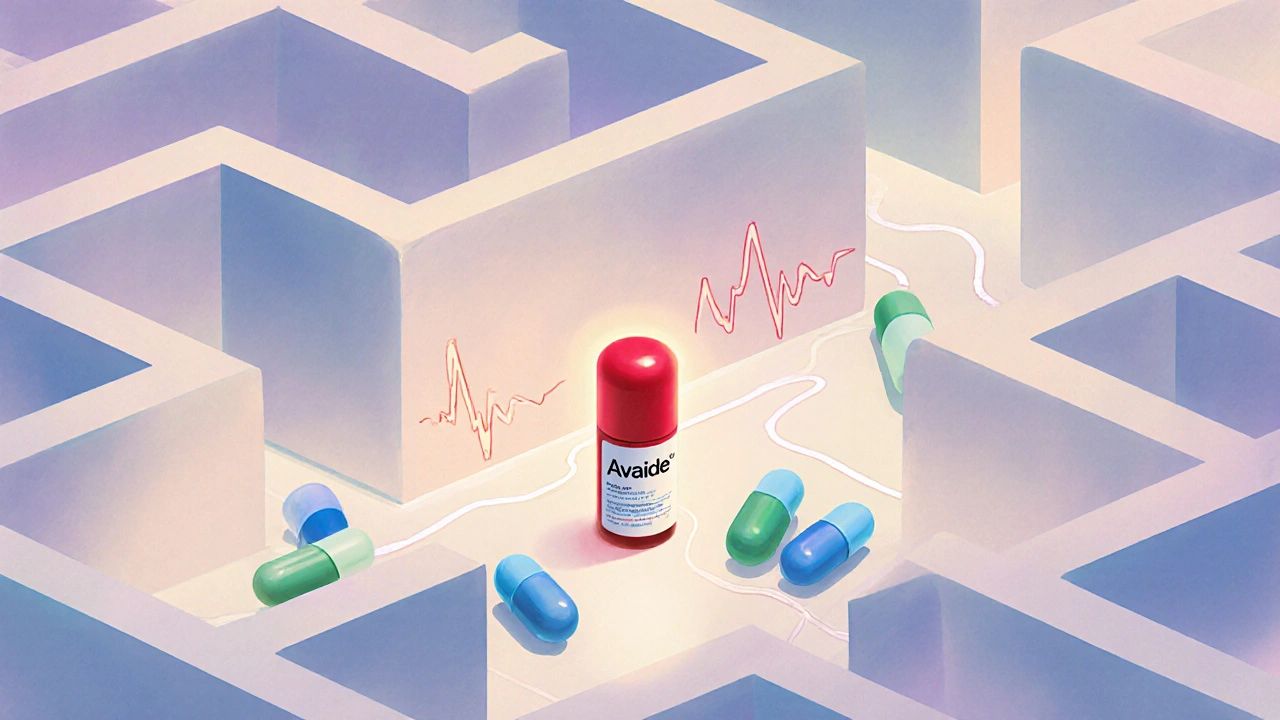Hypertension Medication Comparison
When navigating Hypertension medication comparison, a systematic look at drugs that lower high blood pressure, helping patients and clinicians pick the most suitable option. Also known as BP drug comparison, it brings together several drug families. ACE inhibitorsmedications that block the conversion of angiotensin I to angiotensin II, reducing vessel constriction and pressure are a cornerstone. ARBswork downstream by preventing angiotensin II from binding to its receptors, offering a similar effect with a different side‑effect profile provide an alternative for those who can’t tolerate ACE inhibitors. Beta blockersslow the heart rate and lower cardiac output, useful especially when a heart condition co‑exists and calcium channel blockersrelax vascular smooth muscle, making them effective for isolated systolic hypertension. Together these groups form the core of any hypertension medication comparison, and understanding how they differ is the first step toward personalized treatment.
Effectiveness isn’t the only factor that matters. Clinical guidelines stress the need to balance blood‑pressure reduction, side‑effect risk, and cost. For example, ACE inhibitors often win on cost because many are available as cheap generics, while newer ARBs can be pricier but may cause fewer coughs. Beta blockers are favored when a patient has an arrhythmia, yet they can mask hypoglycemia signs in diabetics. Calcium channel blockers excel in treating isolated systolic cases but may cause ankle swelling. By comparing these attributes side by side, you can see how efficacy, tolerability, and affordability intersect, a relationship that directly influences long‑term adherence.
Key Factors to Consider
Beyond the drug class itself, real‑world choices depend on patient‑specific variables. Kidney function, for instance, dictates whether an ACE inhibitor or ARB can be used safely; reduced clearance raises the risk of hyperkalemia. Drug interactions also play a big role—non‑steroidal anti‑inflammatory drugs can blunt the blood‑pressure‑lowering effect of many antihypertensives. Lifestyle considerations such as salt intake, alcohol use, and exercise level modify how quickly a medication reaches its target blood‑pressure range. Monitoring regimes differ, too: some agents require periodic blood tests to track electrolytes, while others need only routine blood‑pressure checks. By mapping these factors onto the medication families described above, you get a practical framework for making an informed choice.
Below you’ll find a curated collection of detailed guides that break down each medication family, compare popular brands, and highlight safety tips. Whether you’re starting therapy, switching drugs, or simply want to understand the nuances, the articles ahead give you the facts you need to decide with confidence.
Avalide (Irbesartan) vs. Other Blood Pressure Drugs: A Practical Comparison
A clear comparison of Avalide (Irbesartan) with other blood pressure drugs, covering effectiveness, side effects, cost, and when to choose each option.

